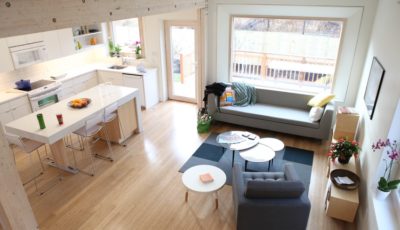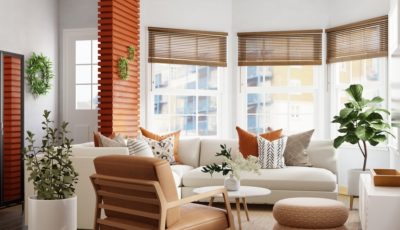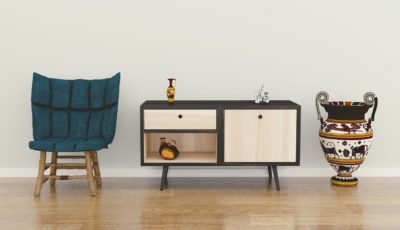Revealing the importance of BIM in interior design
When it comes to interior design and home decor, the creative combination of design and function is essential to create pleasant and unique settings. BIM has been a game-changer in changing the interior design scene thanks to technological advancements. This blog explores the world of BIM, revealing their significant influence on interior design and home décor as well as the reasons they are an essential component in today’s design industry.
Precise Visualization and Planning
BIM revolutionized the way interior design projects are visualized and planned. Through intricate 3D modeling and visualization tools, designers can craft highly detailed representations of spaces, allowing clients to immerse themselves in a virtual rendering of their future homes. This precise visualization aids in making informed decisions about layouts, furniture placement, color schemes, and lighting even before the physical construction begins, thereby minimizing potential design alterations and ensuring client satisfaction.
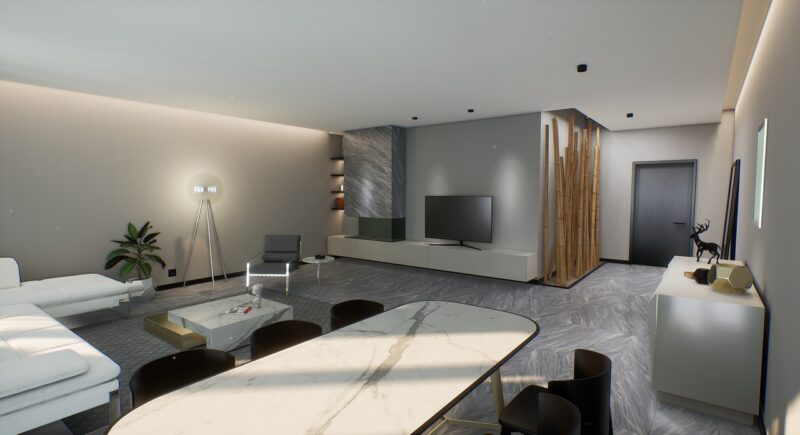
Enhanced Collaboration and Communication
One of the key advantages of BIM service providers in USA in interior design is their ability to foster collaboration among stakeholders. Designers, architects, clients, and contractors can collaborate seamlessly on a unified platform, sharing ideas, feedback, and modifications in real time. This streamlined communication ensures that all parties involved are on the same page, minimizing errors and ensuring the alignment of design intent with execution.
Efficiency in Material Selection and Cost Estimation
BIM enables interior designers to optimize material selection by simulating different materials, textures, and finishes within the digital model. This capability aids in exploring various design options, evaluating their visual impact, and understanding how different materials interact in a space. Additionally, BIM facilitates accurate cost estimation by providing insights into material quantities, thus helping in budget management and preventing cost overruns during the implementation phase.
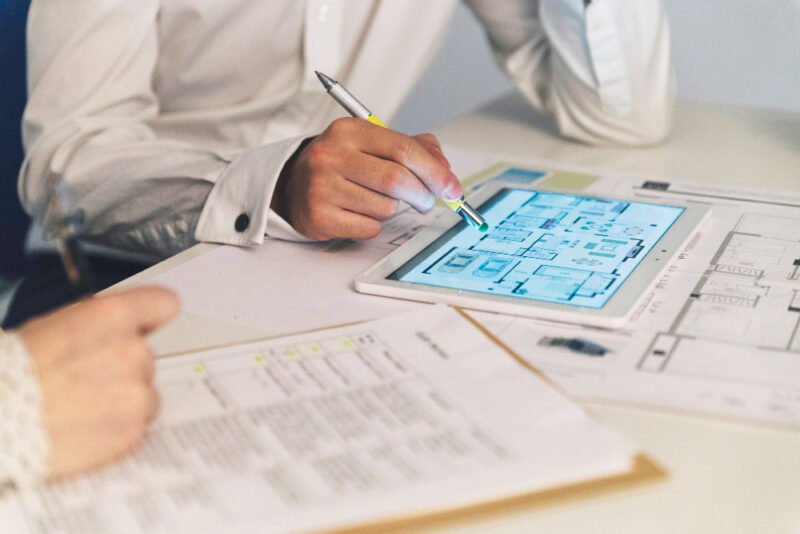
Sustainability Integration and Lifecycle Analysis
BIM plays an important role in helping architects and designers include eco-friendly aspects in their designs in this era of sustainability. Designers can model energy efficiency, evaluate the lifespan benefits of materials, and study the environmental impact of design decisions. This makes it possible to create useful and aesthetically pleasing designs that are ecologically reliable and in alignment with sustainability objectives.
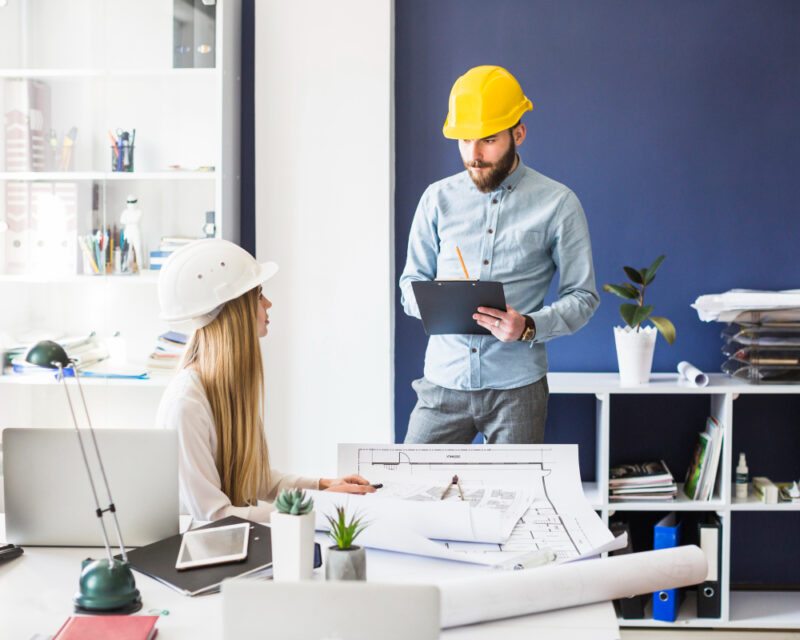
Advantages:
- Precise Visualization: BIM offers intricate 3D modeling tools that provide accurate and detailed visual representations of interior spaces. This precision aids designers and clients in visualizing the final design, ensuring alignment of expectations and reducing design alterations during the construction phase.
- Streamlined Collaboration: Technology facilitates seamless collaboration among designers, architects, clients, and contractors through unified BIM platforms. Real-time sharing of ideas, feedback, and modifications enhances communication, ensuring everyone involved is on the same page.
- Efficient Planning and Material Selection: BIM allows for simulations of different materials, textures, and finishes within the digital model. Designers can explore various design options and evaluate material interactions, aiding in efficient material selection and reducing costs.
- Cost Estimation and Budget Management: BIM provides insights into material quantities, enabling accurate cost estimates. This helps in budget management, preventing cost overruns during the implementation phase.
- Sustainability Integration: Technology enables the analysis of environmental impacts and energy efficiency within design choices. This integration of sustainability considerations allows for the creation of eco-friendly designs aligned with sustainability goals.
- Life Cycle Analysis: BIM facilitates the assessment of materials’ lifecycle implications, aiding in the selection of durable and environmentally conscious materials.
How Technology is Helpful:
- Enhanced Precision: Technology, especially BIM, offers unparalleled precision in visualizing, planning, and executing interior designs, minimizing errors and ensuring design accuracy.
- Improved Efficiency: The use of technology streamlines workflows, enhancing the efficiency of design processes, collaboration, and project management.
- Cost Savings: Accurate visualization and material simulations help in cost estimation and budget management, resulting in cost savings by preventing unnecessary expenditures.
- Sustainable Design: Technology enables designers to incorporate sustainability factors, promoting environmentally friendly design choices and reducing environmental impacts.
- Client Satisfaction: The detailed visualizations and accurate planning facilitated by technology contribute to client satisfaction by ensuring their expectations are met and modifications are minimized.

Technology—specifically, BIM —revolutionizes interior design and home décor by improving accuracy, expediting procedures, encouraging sustainability, and, in the end, creating environments that are visually appealing, practical, and in compliance with modern architectural trends and environmental concerns.
Final Words
To sum up, BIM is the foundation behind the reconfiguration of the dynamics surrounding interior design and home décor. They play a critical role in developing surroundings that are not only visually appealing but also functional, effective, and environmentally conscious by allowing accurate visualization, encouraging cooperation, maximizing material choices, and supporting sustainability. BIM are at the forefront of technological advancements that are changing how we create and utilize the rooms we call home.

